Do you know that feeling when you are starting a topic which is building on existing knowledge and you are not sure how much to recap? Too much recap and they start the topic bored, too little recap and the new work is too difficult. What to do?
To quote an old UK TV ad: “I want to be a tree!” (Prudential, 1989).
I have a bright class of 13/14 year olds and needed to start some algebra work. We ended up making a tree.
Equipment
- Coloured paper
- Felt pens or markers
- Glue
- Scissors
- Roll of backing paper or wallpaper (I cut mine to fit on the back of a door)
- Optional: mini-whiteboards for mindmaps
Activity 1
In small groups, pupils draw mindmaps for the word ‘Algebra’. Encourage them to group or link topics.
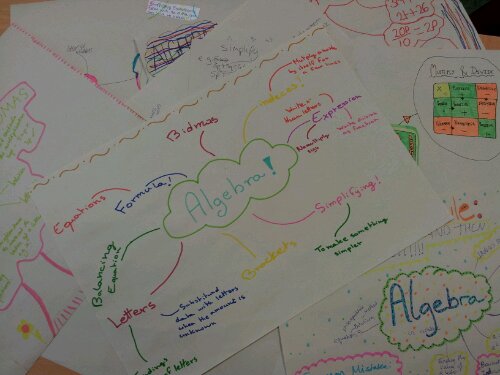
Activity 2
Collect the answers on the main board. Any concepts which are not specifically algebra can be categorised as foundation skills eg understand calculating with negative numbers.
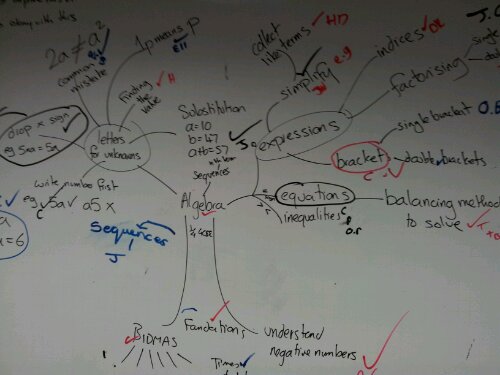
Activity 3
Split the diagram into parts:
Stones: foundation skills which are essential for algebraic success
Branches: subdivisions of algebra
Leaves: specific topics or objectives
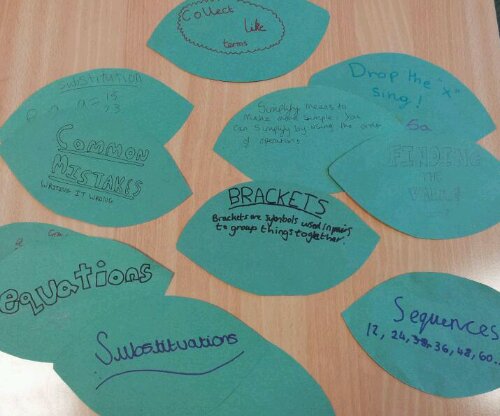
Activity 4
Assign the different stones, branches, leaves and fruit to pupils to complete.
Activity 5
Assemble your tree. I added an owl and a disembodied voice asking ‘which careers need algebra?’. My branch labels were quickly covered by leaves, so I substituted extra leaves with these labels instead.
Variation
This could work for any topic in any subject. Imagine how good a tree lined corridor would look – a new tree for every area of study.
Review
I moved around the room chatting to pupils as they worked and got a good idea for where I need to start the next lesson. The pupils now have a visual representation of how algebraic concepts link and overlap. In hindsight, I’d probably make the leaves and fruit smaller so that links are clearer.
Show me your learning trees on twitter and I’ll share them on here. @Ms_KMP

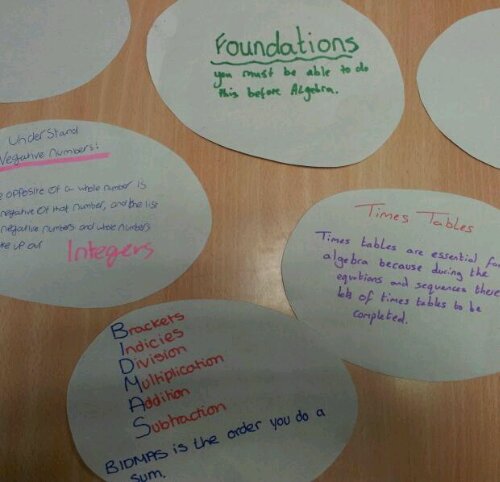
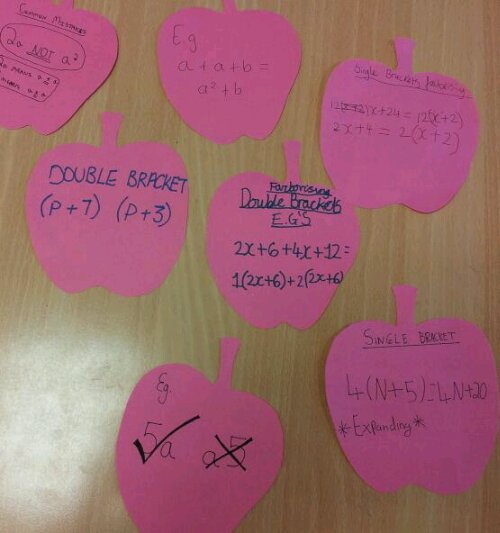
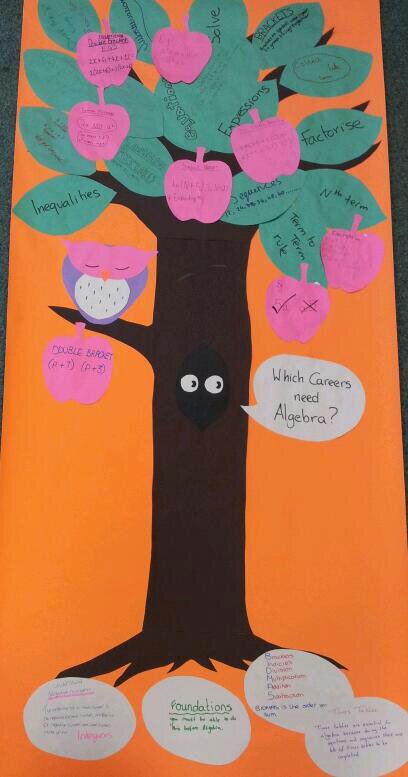
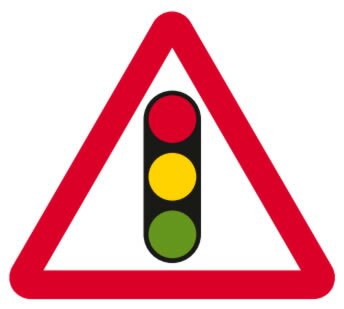

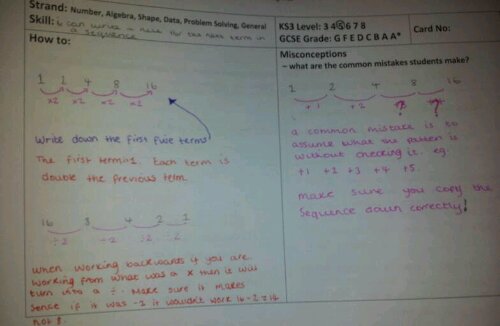
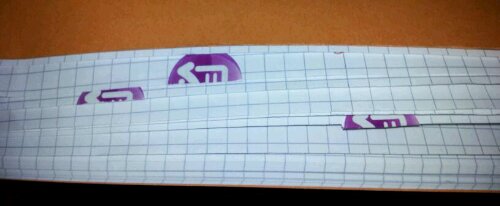
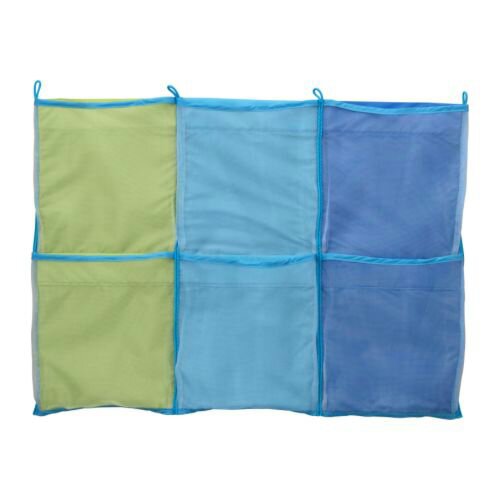
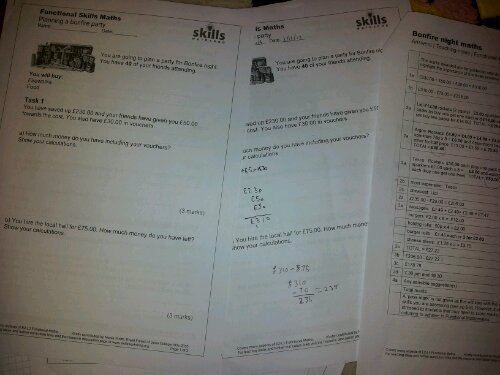
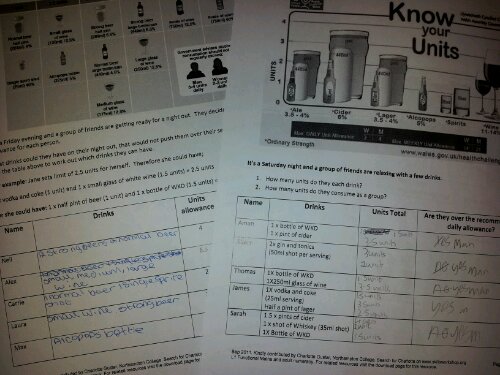
 Image credit: www.fudds.ca
Image credit: www.fudds.ca